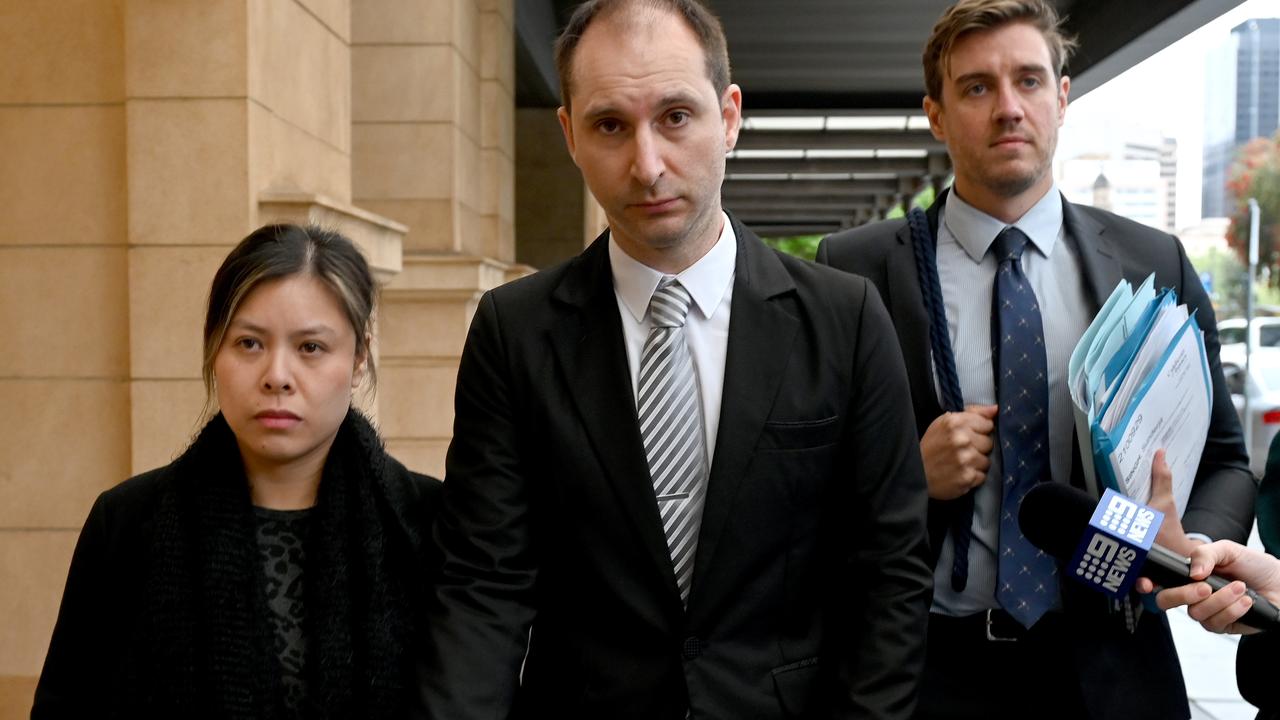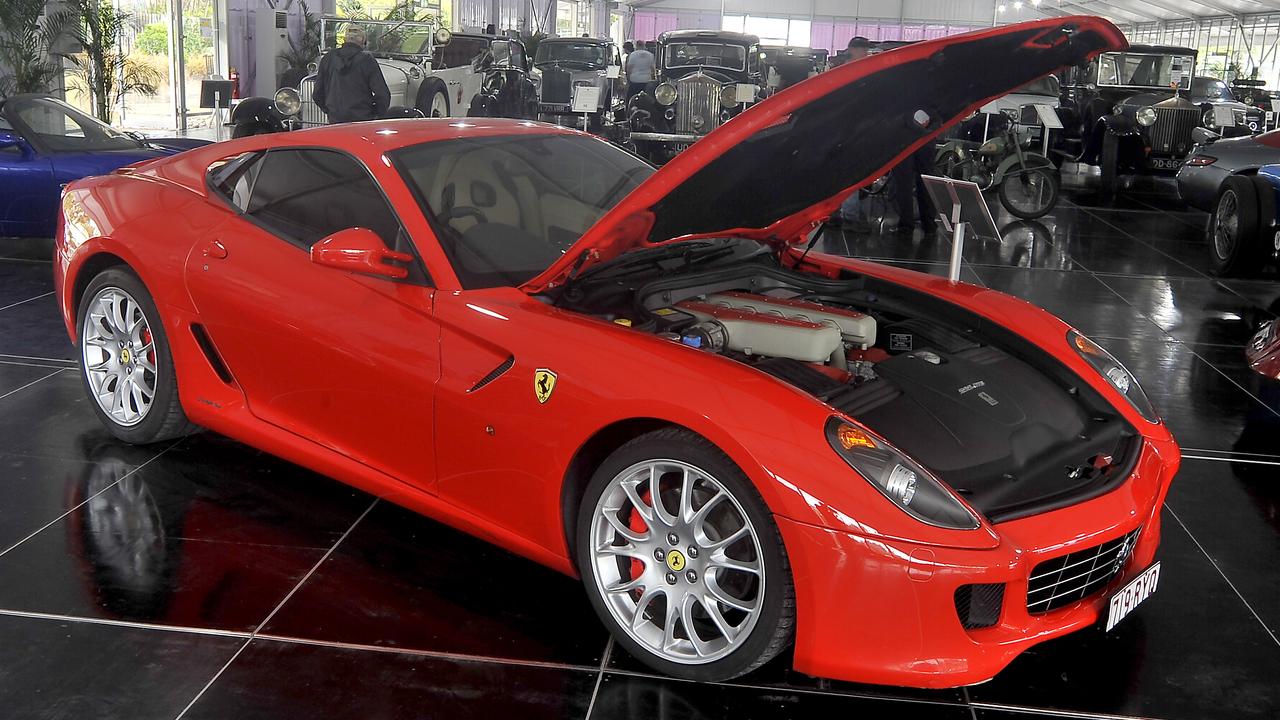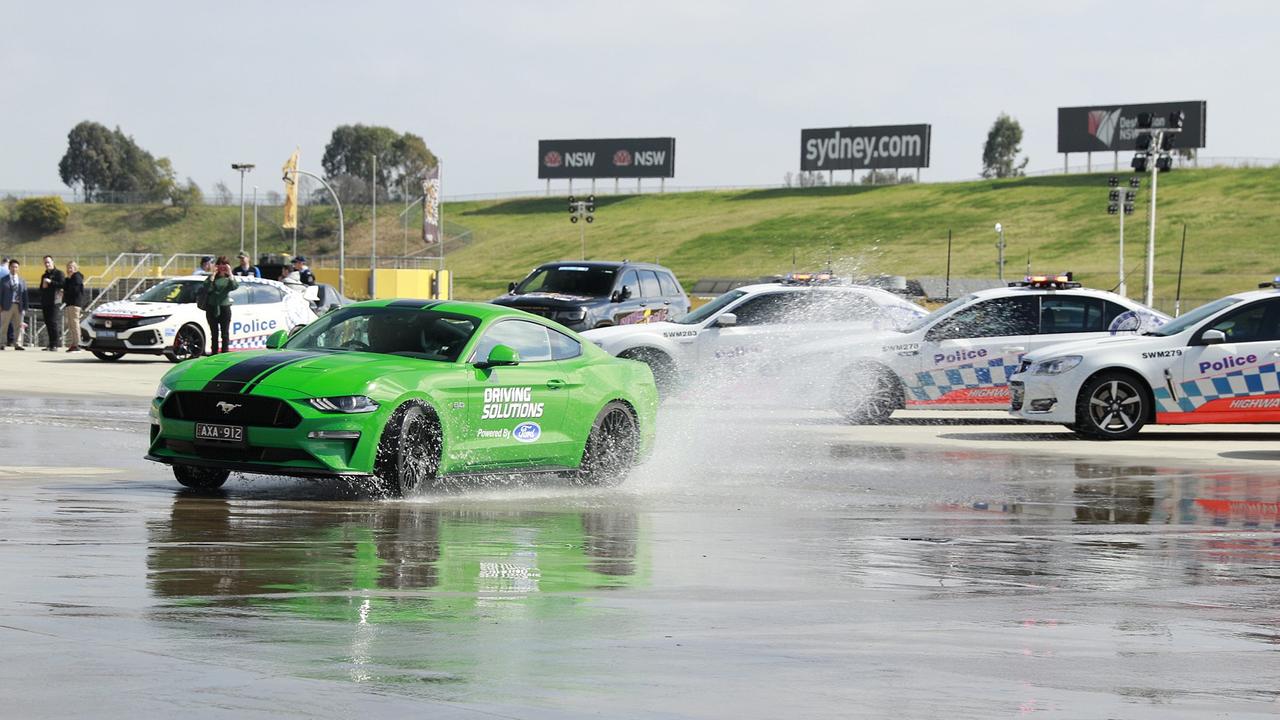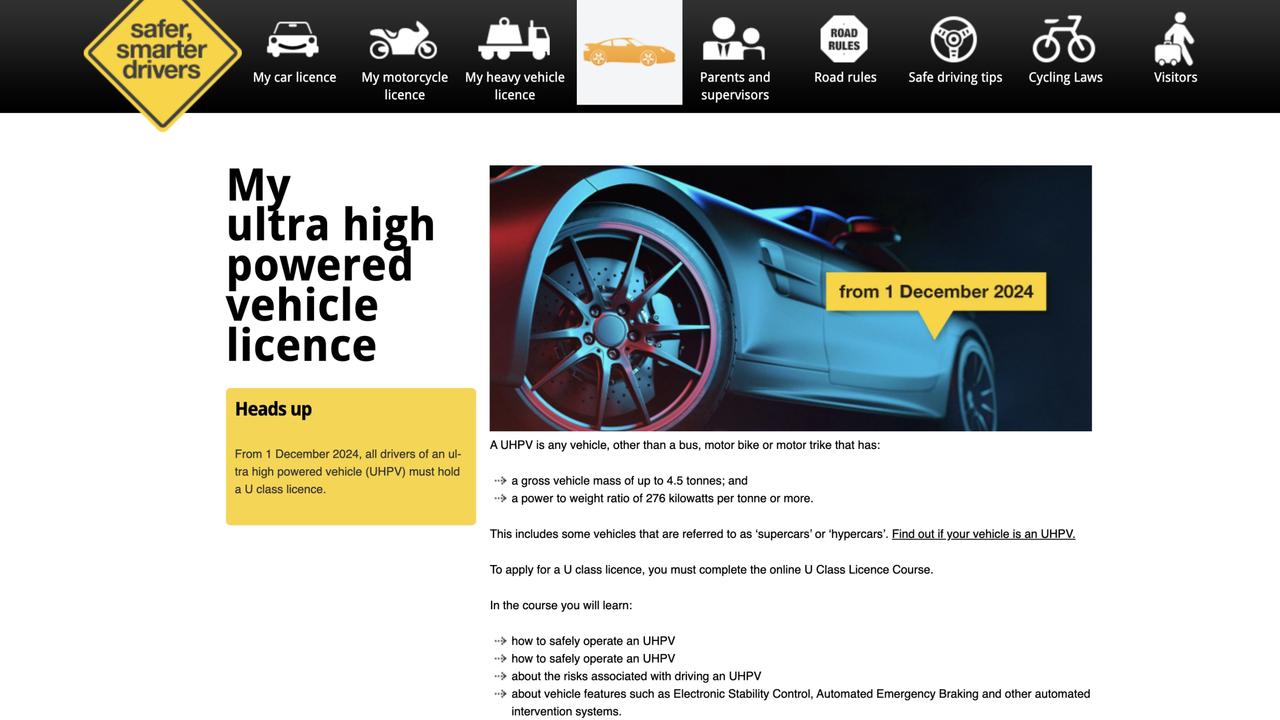OPINION: Why the ‘ultra’ driver’s licence is a lemon
A world-first licence for high performance cars is ‘tokenism plus revenue’, failing to deliver for motorists and road safety in three key areas.
Motoring News
Don't miss out on the headlines from Motoring News. Followed categories will be added to My News.
COMMENT: The new licence to drive an “ultra high powered vehicle” in South Australia represents the worst kind of bureaucracy.
This quick media win for the government is a ruse people can clearly see through.
South Australia’s U-class licence is the result of a tragic death five years ago, when a Lamborghini driven by Alexander Campbell left the road and hit two teenage girls.
Sophia Naismith died and Jordyn Callea suffered serious injuries as a result of the incident.
Their families were appalled when the driver was spared jail time.

The tragedy prompted the South Australia government to implement an additional licence for drivers of high-performance vehicles, which comes into effect from December 1.
Spin doctors celebrated headlines trumpeting a “Driver’s licence change for a million Aussies”.
That is a naive fantasy.
The licence only applies to cars with more than 276kW per tonne – a staggering amount of power for the weight of the car.
Of the 250,000-plus vehicles currently listed on auto classifieds website Carsales, there are less than 500 across the country that meet that power figure. Of those, there are just 36 listed in South Australia, and the cheapest of them is a V12-powered Ferrari 599 GTB listed for $285,000.

Ferrari says that car can reach 100km/h in 3.7 seconds – an impressive achievement.
But there are dozens of quicker cars that are not subject to the U-licence, including the Porsche 911 Turbo that hits 100km/h in 2.8 seconds, or the $80,000 Tesla Model 3 Performance that rips to 100km/h in 3.1 seconds.

This licence will have no practical impact, which is fitting, because it requires no practical training or hands-on assessment.
Drivers who got their licence in a dodgy Holden Gemini decades ago can get behind the wheel of an outrageous Lamborghini Aventador as long as they complete an online course and multiple choice quiz.
While there is no requirement for drivers to hold practical training to help them handle fast cars, high-end vehicle manufacturers offer courses and experiences to give owners a thrill while teaching them about their car’s capabilities.

I’ve experienced those courses as part of my job writing about cars. They do extraordinary things for your driving.
And you don’t need to buy a Porsche or Ferrari to gain access to quality training – there are advanced driver courses all around Australia to teach you how to handle a car.

Like the online learning modules pushed by HR departments around the world, this U-licence is a cheap way for authorities to feel like they’ve addressed a problem while heaping responsibility onto drivers.
It’s there to warn drivers of the dire consequences that can occur if they do the wrong thing behind the wheel, then punish them with new laws if they slip up.

Driving is a practical skill, one that requires vision, co-ordination, sound judgement and a basic understanding of a vehicle’s capabilities.
High-performance cars up the stakes in every area.
Pilots cannot graduate from a lightweight, single-engine Cessna to a powerful jet-powered aircraft without significant training and assessment and racing drivers are not allowed to progress to Supercars or F1 without proving they have the necessary skill and judgement.
Why should road cars be different?
Adelaide Advertiser readers in the website’s comments section have seen through the government’s spin, describing the licence as a “total stuff up”, and “a ploy … to try and give the government greater leverage”.
One reader who completed the course said it was “tokenism, plus revenue”.
You don’t need to pay for a U-licence to see that it is an ultra dud.
David McCowen is a motoring writer for News Corp Australia.
Originally published as OPINION: Why the ‘ultra’ driver’s licence is a lemon







